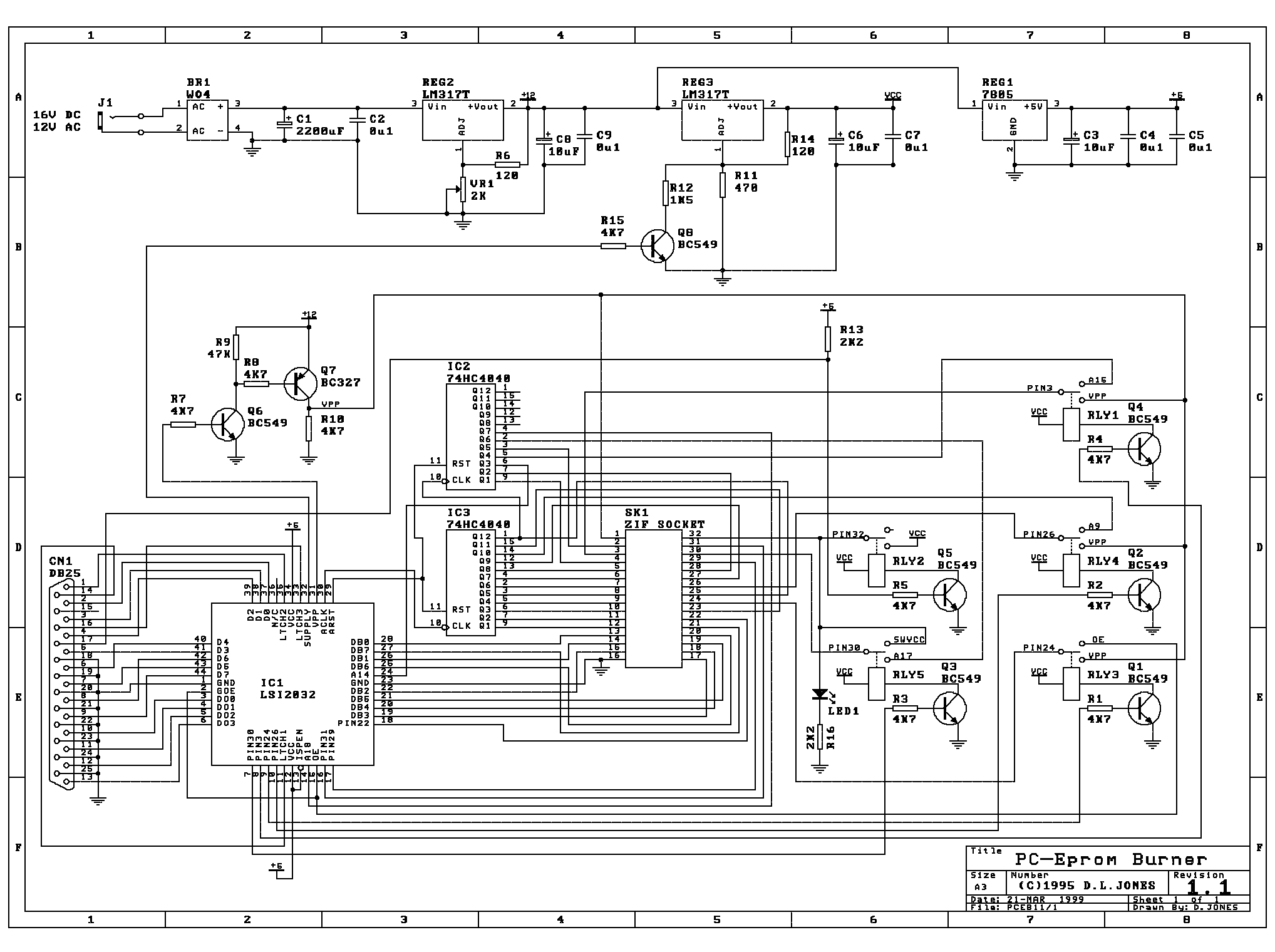

The serial access represents 90 percent of the overall EEPROM in market, where as the parallel access EEPROMs is about 10 percent. There are two distinct EEPROM families: serial and parallel access. In EPROM, cell is erased when electrons are removed from the floating gate, whereas in EEPROM, cell is erased when electrons are trapped in the floating cell. Apart from that there is an access transistor which is used in the operation. In this the storage transistor has the floating gate that will trap the electrons.

Most of the common cells are composed of two transistors. The electrons which are trapped in a floating gate will modify the characteristics of the cell, so instead of that logic “0” or logic “1” will be stored.ĮEPROM is the memory device which implements the fewest standards in cell design. The EEPROM uses the principle same as that of the UV-EPROM. Write protect pin for hardware data protection.Two-wire serial interface (Two wires are used to read and write data into it).Schmitt trigger, filtered inputs for noise suppression.Low and standard voltage operation (100 kHz (1.8V) and 400 kHz (2.7V, 5V) compatibility).These all are have same features but only difference is in its memory. There are many types of EEPROM devices available, but one of the most commonly used EEPROM families is 24CXX series devices such as 24C02, 24C04, 24C08 and etc. Write and erase operation are performed on byte basis. Here only one external power supply device is used. The information saved in an EEPROM chip is not lost even when power is turned off. Data saved in an EEPROM chip is permanent, until the client chooses to delete and replace the data that it contains. Consequently, areas of data might be erased and replaced without expecting to adjust whatever rest of the chip programming. The client/user can change the quality of certain units without expecting to erase the programming on different cells. Particular customizing might be finished to an EEPROM chip. However an EEPROM need not be taken out of the computer or electronic device of which it is part when a new program or information or data needs to be written on it.


 0 kommentar(er)
0 kommentar(er)
